 Sjávareldi á við gríðarlegan dýravelferðarvanda að etja á heimsvísu. Þetta kemur fram í nýbirtri rannsókn fræðimanna við New York University. Rannsóknin birtist í Science Advances.
Sjávareldi á við gríðarlegan dýravelferðarvanda að etja á heimsvísu. Þetta kemur fram í nýbirtri rannsókn fræðimanna við New York University. Rannsóknin birtist í Science Advances.
Ólíkt búskap á landi byggist eldi í sjó á villtum dýrategundum en ekki húsdýrum sem hafa verið með mannkyni í margar aldir.
Aðbúnaður í eldi í sjó hentar þessum villtu tegundum mismunandi. Sumum mun verr en öðrum, sem birtist í mikilli vanlíðan og háu dauðshutfalli eldisdýra.
Lax er til dæmis mun verri fallinn til eldis en borri (Nile tilapia), sem er mjög útbreidd eldistegund. Á þetta bæði við um velferð í eldinu og umhverfisáhrifin í breiðum skilningi. Laxinn er kjötæta og umhverfisspor hans því miklu stærra en borrans sem er jurtaæta.
Úrdráttur greinarinnar:
The unprecedented growth of aquaculture involves well-documented environmental and public-health costs, but less is understood about global animal welfare risks. Integrating data from multiple sources, we estimated the taxonomic diversity of farmed aquatic animals, the number of individuals killed annually, and the species-specific welfare knowledge (absence of which indicates extreme risk). In 2018, FAO reported 82.12 million metric tons of farmed aquatic animals from six phyla and at least 408 species—20 times the number of species of farmed terrestrial animals. The farmed aquatic animal tonnage represents 250 to 408 billion individuals, of which 59 to 129 billion are vertebrates (e.g., carps, salmonids). Specialized welfare information was available for 84 species, only 30% of individuals; the remaining 70% either had no welfare publications or were of an unknown species. With aquaculture growth outpacing welfare knowledge, immediate efforts are needed to safeguard the welfare of high-production, understudied species and to create policies that minimize welfare risks.
